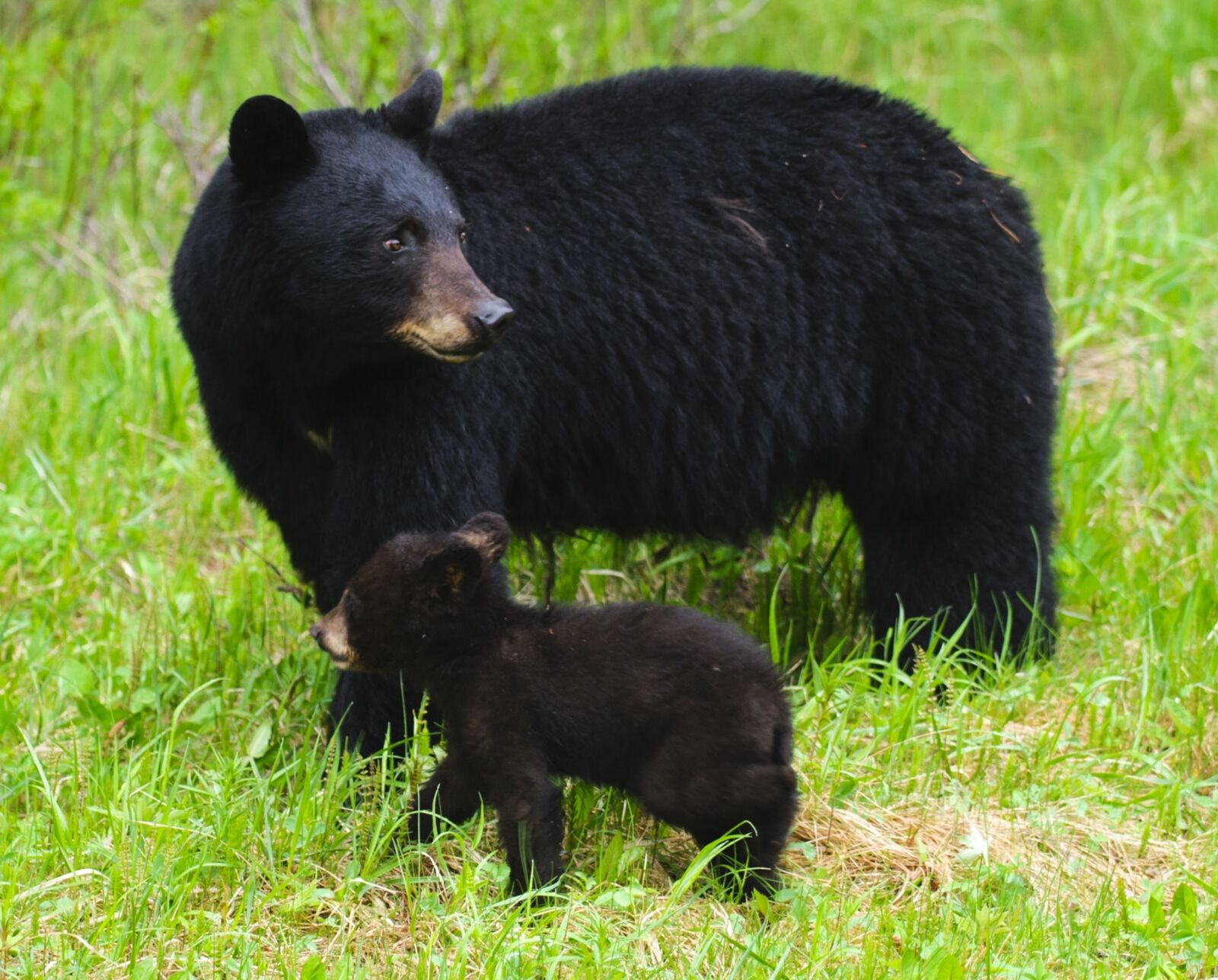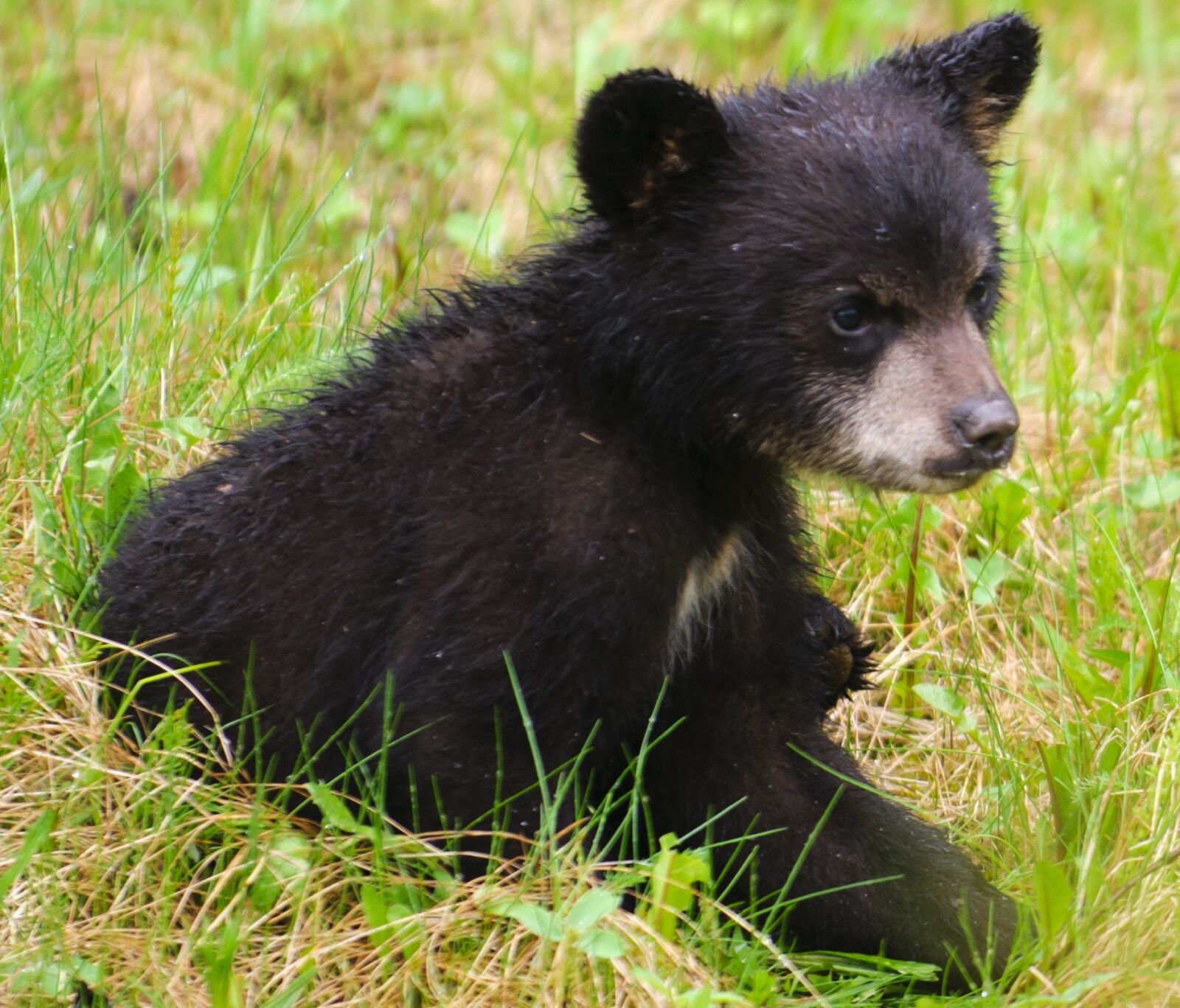Since 2015, the NFF has planted more than 370,000 longleaf and shortleaf pine seedlings on the piney woods of Texas National Forests in the eastern part of the state. Our work here benefits many species of wildlife including black bears, which were once nearly extirpated from the state but are very slowly making a comeback. Even rarer is the Louisiana black bear, one of sixteen subspecies of the American black bear and the inspiration for the teddy bear.
The Louisiana black bear’s historic range extended from Louisiana, where it is currently most abundant, to western Mississippi and eastern Texas. The subspecies was federally listed as threatened for 24 years until its removal in 2016. However, all black bears in Texas remain under state listing, and sightings are few in East Texas, where it is unlikely that a resident breeding population exists.

While black bears may seem ubiquitous across many parts of the US, their current distribution is only about half of their historic US range.
Black bears can survive in many habitat types, from low deserts to mountainous forests, while Louisiana black bears thrive in hardwood forests, bottomland, and other wetland habitats. Black bears are excellent tree climbers and females often use trees as babysitters for cubs, storing their young under the cover of tree limbs while searching for food. It’s not surprising that the black bear is an omnivore, feeding opportunistically on a variety of foods ranging from berries and grasses to insects and small mammals.
Reaching approximately 675,000 acres, Texas National Forests offer various habitats for returning black bears. Our reforestation efforts there help improve forests and riparian areas, supporting habitats that provide cover to roam and yield a variety of food sources.

What other kinds of wildlife does tree planting support in these forests?
Among an assortment of interesting critters, a few include the elusive bobcat, the tree-climbing gray fox, and the cavity-building endangered red-cockaded woodpecker. East Texas is also a part of the central flyway bird migration route, providing important stopover habitat for many neotropical birds to roost and feed during their long journey.
Want to help improve habitat for black bears and other wildlife on our National Forests? Join our Reforestation program by donating to plant trees where they are needed most or start your own tree-planting fundraiser today!
This blog is the second part of a four part series, Our Forests Their Home, highlighting just a few examples of the many ways our Reforestation program supports wildlife. Read the first article here.

